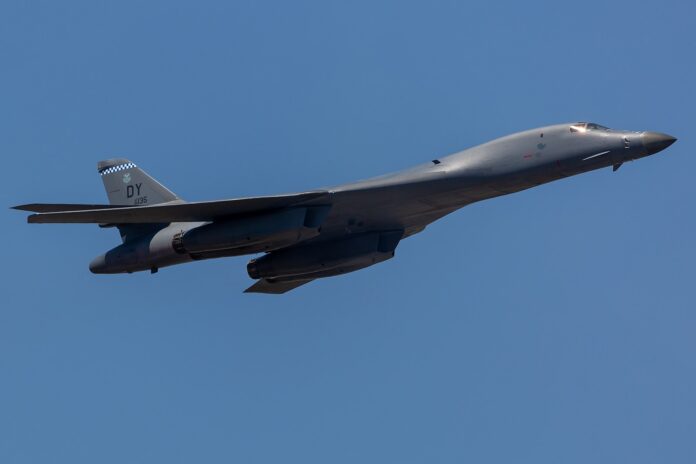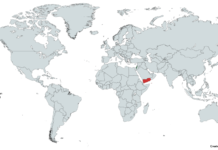In a strategic move that escalates military tensions in the Middle East, the United States executed airstrikes against over 85 targets across Iraq and Syria. These actions were a direct response to a drone attack in Jordan that resulted in the death of three U.S. troops, an incident attributed to Iran-backed militias. The U.S. utilized long-range B-1 bombers, among other assets, to strike a series of command centers, ammunition depots, and other facilities associated with the Iranian Revolutionary Guard Corps’ Quds Force and allied militias.
The strikes targeted both logistics and munition supply chain facilities, with the U.S. military indicating that the operations spanned seven locations, including four in Syria and three in Iraq. The aftermath of these strikes reportedly resulted in significant secondary explosions, suggesting the presence of substantial munitions at the targeted sites. Despite the strategic nature of these targets, there were immediate reports of casualties, including both combatants and civilians, alongside damage to infrastructure. This has sparked a wave of condemnation and concern over the potential for escalating violence and instability in a region already fraught with conflict.
In the wake of these strikes, Iraq expressed strong opposition, citing a violation of its sovereignty and warning of the potential for further destabilization in the area. The Iraqi government’s response highlights the complex balance of power in the region, where U.S. actions against Iran-backed forces intersect with broader geopolitical tensions and the sovereignty of nations like Iraq and Syria.
Iran’s reaction, through various channels, underscored a narrative of resilience and defiance, with Iranian officials warning of increased tension and instability as a result of the U.S. operations. This rhetoric underscores the broader regional dynamics at play, where Iran’s support for various militias across the Middle East challenges U.S. and allied interests.
The U.S. maintains that these strikes were necessary to protect its forces and deter further aggression, emphasizing a commitment to responding at times and places of its choosing. This stance reflects a broader strategic objective to counter Iran’s influence in the region while avoiding a direct military conflict with Iran itself. The U.S. Department of Defense has articulated a desire for de-escalation, but the actions taken signal a readiness to use force in protecting U.S. personnel and interests.
The situation remains fluid, with the potential for further military actions as the U.S. and Iran continue to navigate a tense and competitive regional landscape. These developments highlight the ongoing challenges facing the Middle East, where historical rivalries, geopolitical interests, and the presence of foreign powers contribute to a complex and often volatile security environment.
Image is licensed under the Creative Commons CC0 1.0 Universal Public Domain Dedication and was created by Balon Greyjoy.









